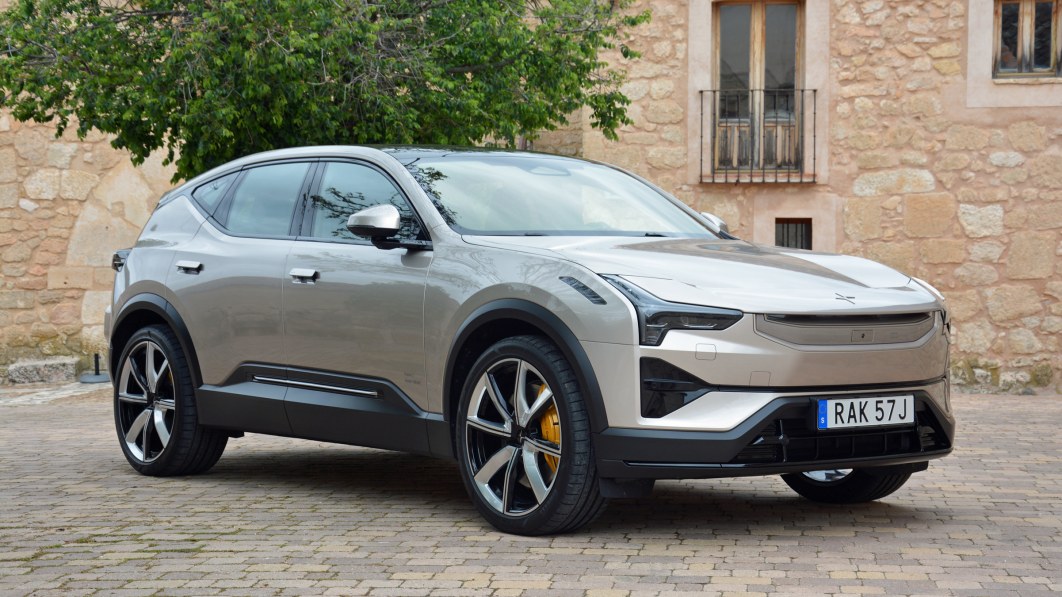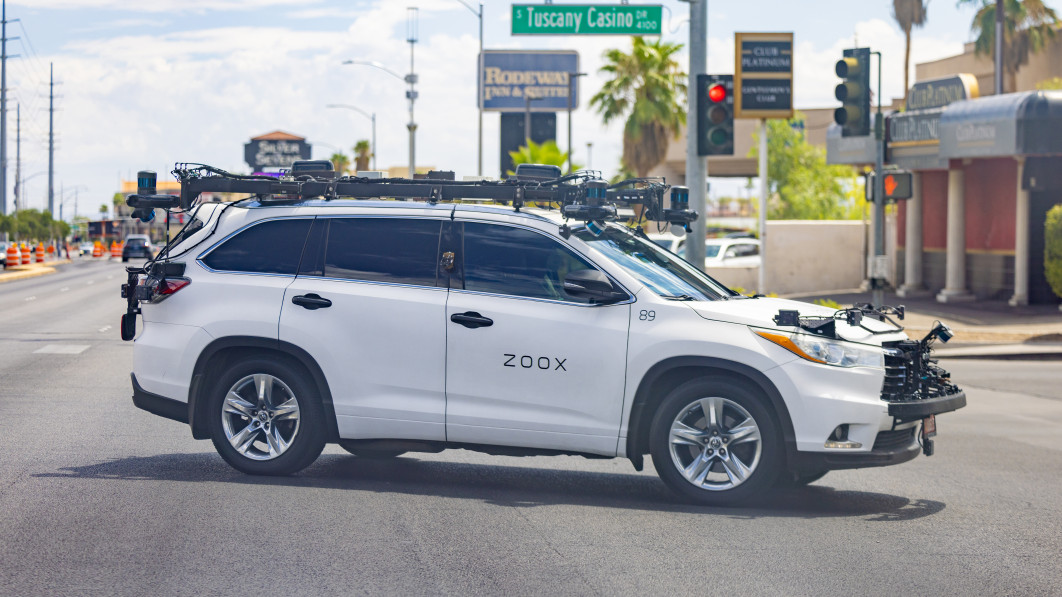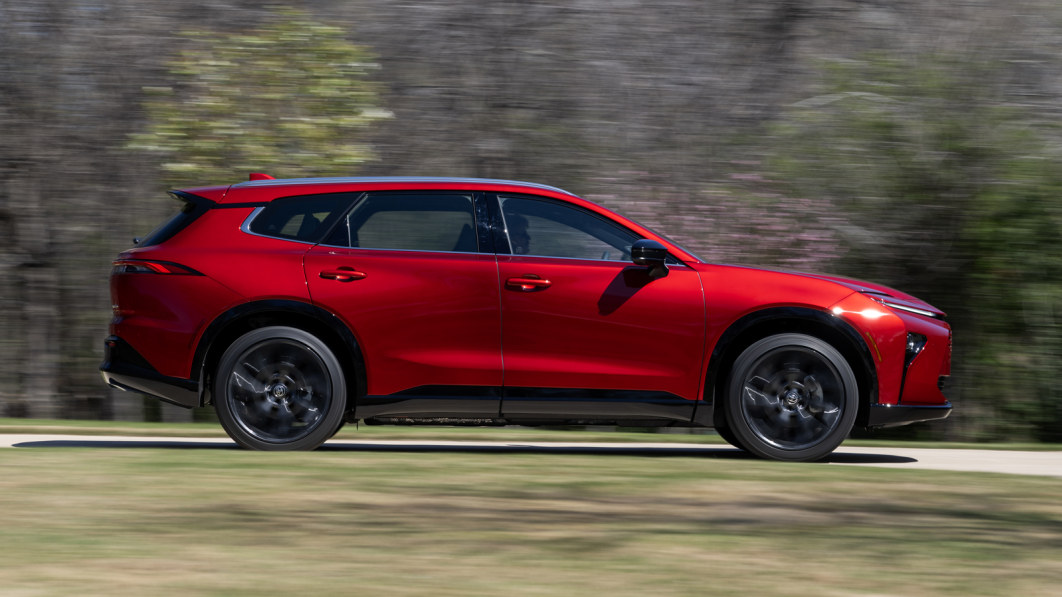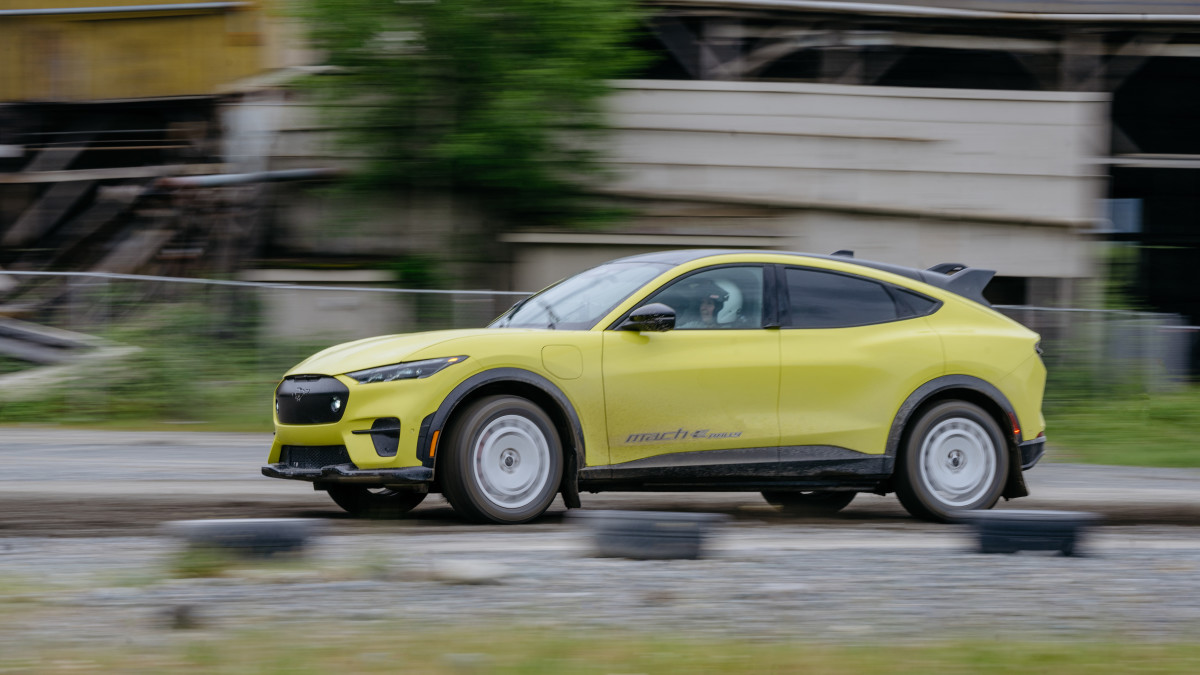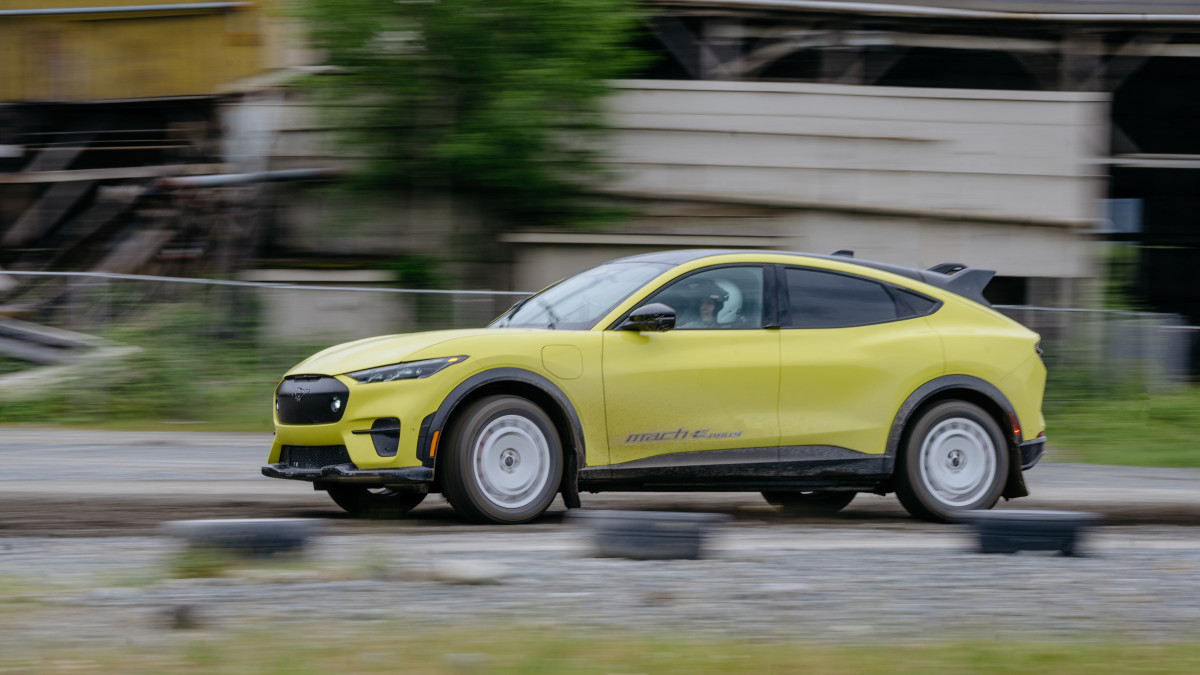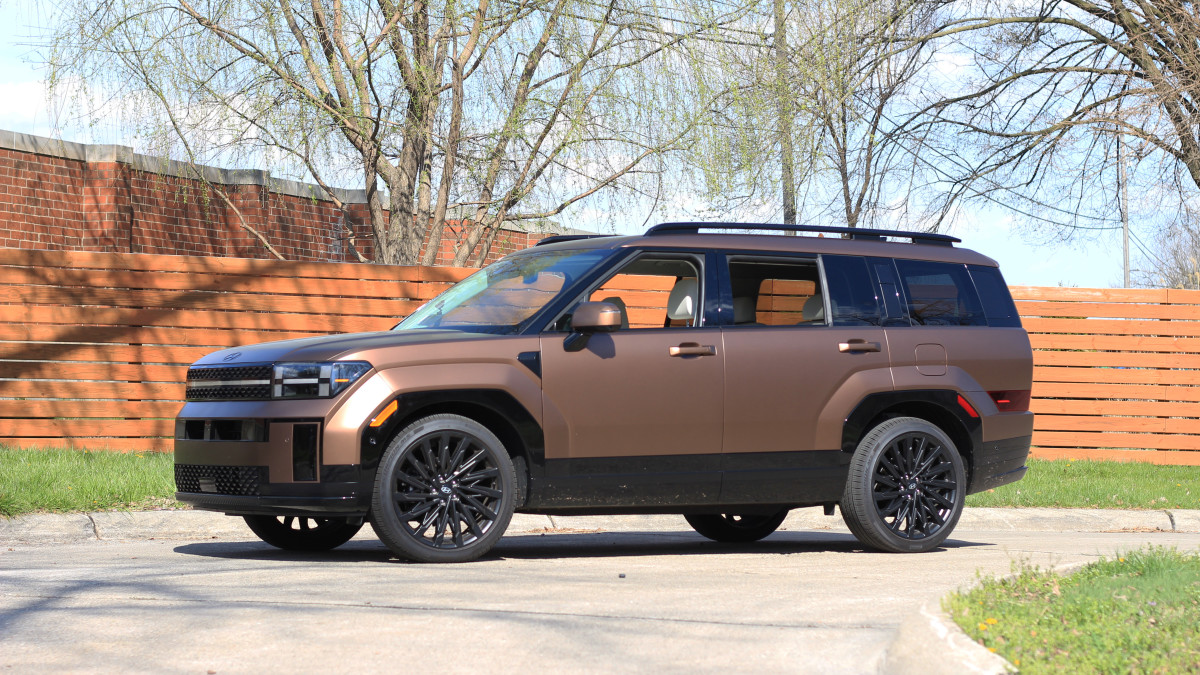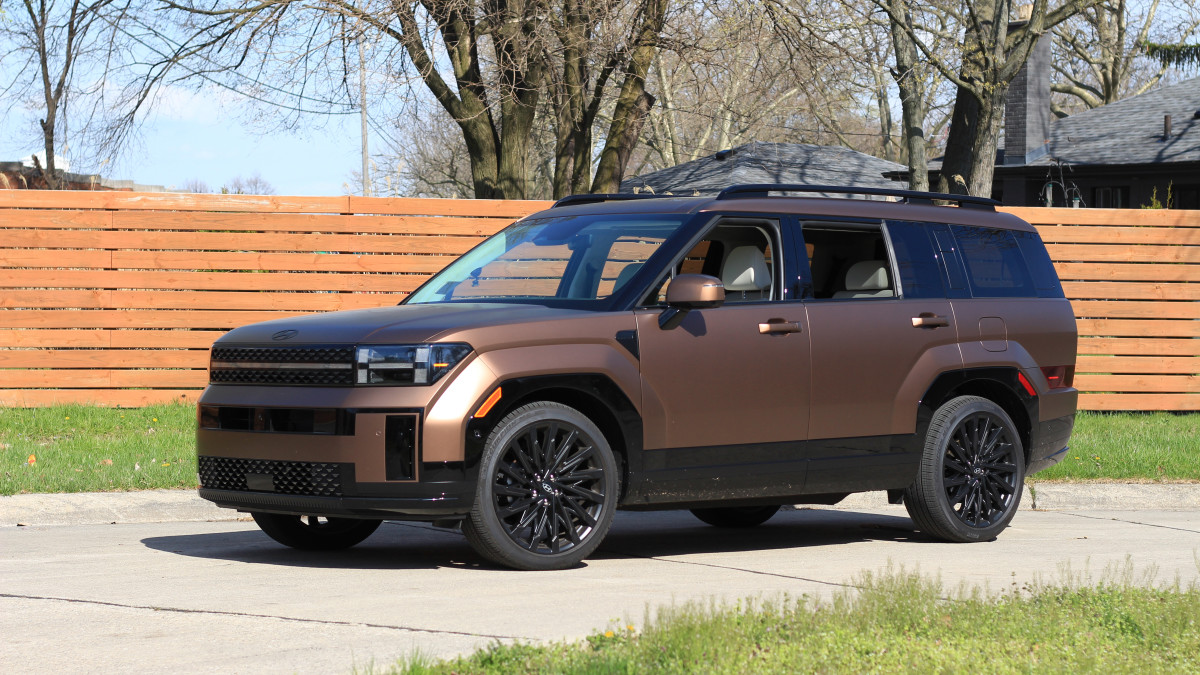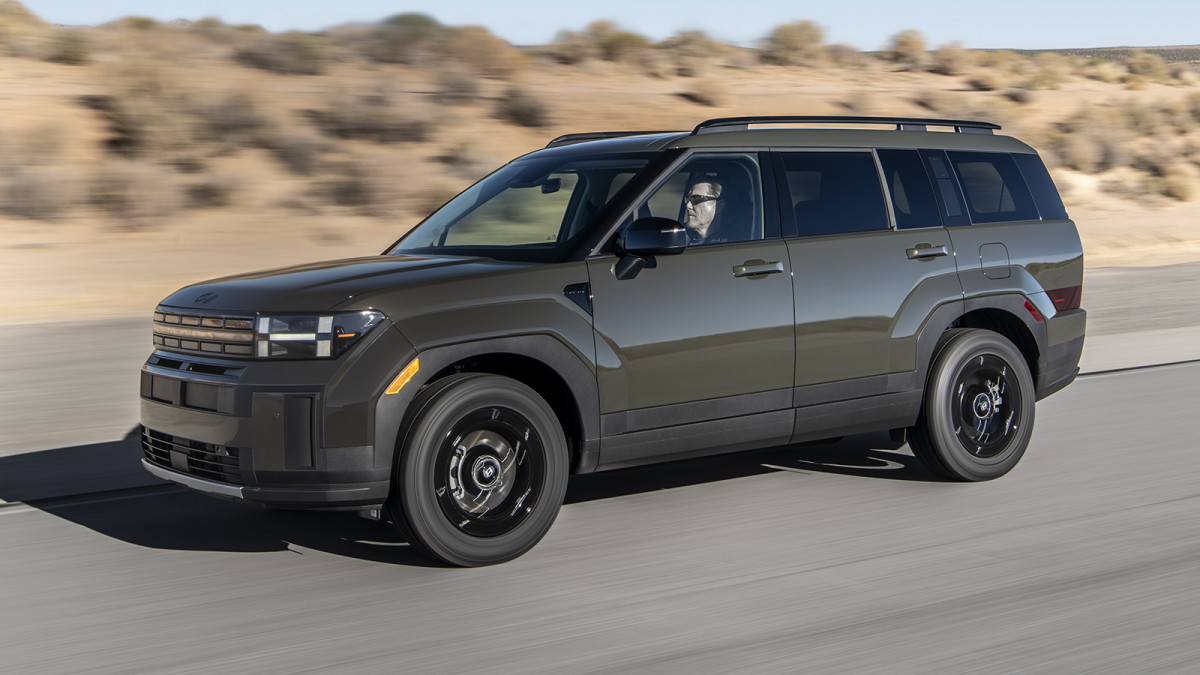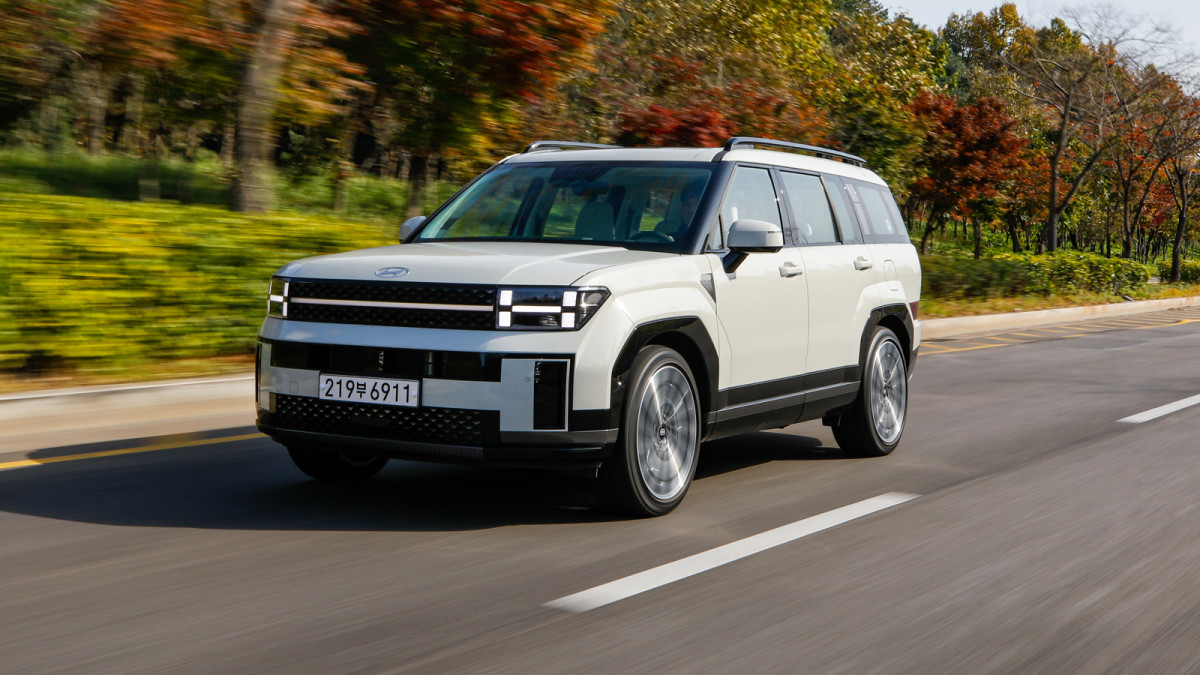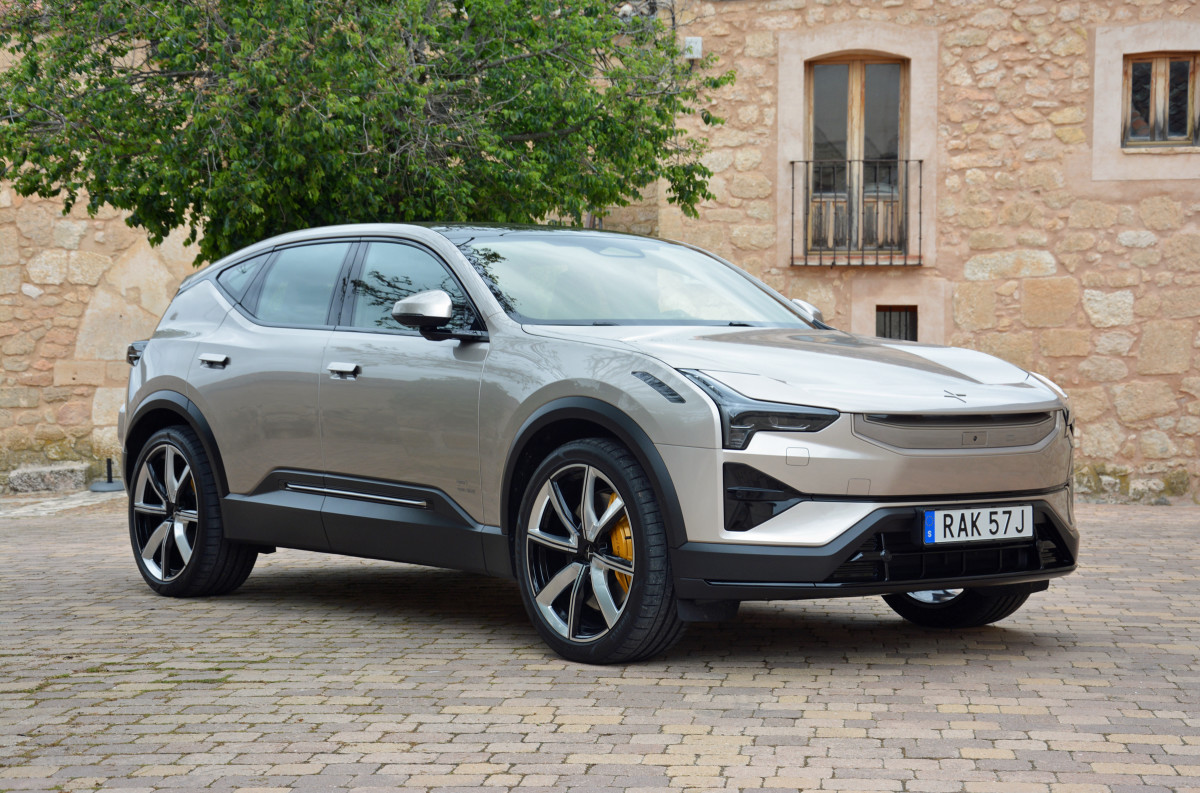
Ronan Glon

Ronan Glon
MADRID, Spain — Polestar has catered to a niche audience since taking a seat at the carmaker table in 2017. Things started small: It’s been operating as a one-model brand for the past couple of years. While the 2 set a high bar, it’s not able to push the tuner-turned-manufacturer into the mainstream alone.
Backup has arrived. Unveiled in 2022, the Polestar 3 will plant the flag in the oh-so-important (and oh-so-lucrative) SUV segment. It also blazes the path that the next additions to the range will follow, both in terms of design and technology. For many, this big EV will be the face of Polestar.
I’ve already driven the 3 on a test track in Sweden. Now it’s time to hit the open road.
Like the segment-bending Polestar 4, the 3 illustrates how Polestar plans to gradually distance itself from Volvo. It’s built on the same modular SPA2 platform as the EX90, which will be sold alongside the XC90 for at least a little while, but the two SUVs look and feel different. They’re cousins rather than siblings. The 3 is marketed as the sportier of the two, so it features a more swept-back silhouette, a lower roofline and only two rows of seats. The EX90 is boxier, taller and available with a third row.
The idea wasn’t to fully sever ties with Volvo. “We like to keep a little bit of a bridge to Volvo as a family because there is a lot to gain,” Maximilian Missoni, head of Polestar’s design department, told me. Drivers tend to trust Volvo, especially when it comes to safety. “The connection to Volvo is a good thing; it sets Polestar apart from many other newcomers that don’t have this kind of trust.”



Up front, the Thor’s Hammer daytime running lights form a link between the two companies. There’s plenty of unique Polestar DNA, though. The 3 doesn’t hide its armada of sensors; it proudly shows them off. The panel located between the headlights — where you’d likely find a grille if the 3 used, say, a straight-six — features lines indicating the position of the various sensors that power the electronic driving aids.
In a way, this is Polestar’s heritage. The Polestar 1, its first model, ushered in this labeling system with a cool, transparent panel in the trunk. It explained the purpose of the big orange wires linked to the battery.
You get a stronger whiff of Volvo-ness from the driver’s seat. The three-spoke steering wheel, the digital instrument cluster, the dashboard’s overall layout and the floating center console look similar to what you find in the EX90. Polestar stresses that it went to significant lengths to differentiate its software, however. While the infotainment system remains Android-based and displayed on a 14.5-inch touchscreen, the brand designed its own user interface loaded with proprietary fonts and icons.
About 85% of the 3’s infotainment system is shared with the 4. The biggest difference is that the 3’s touchscreen is portrait-oriented while the 4’s is landscape. Ruben Rodriguez, the company’s head of UX design, told me that’s because the 4 is aimed at younger buyers who will appreciate the extra functions, like a split-screen mode. In contrast, 3 buyers will prefer the top-to-bottom display.
This software relies on tiles and illustrations to clearly convey information, which is good considering the long list of functions packed into the screen. Beyond the usual, such as entering an address into the navigation system or changing the radio station, the touchscreen is your point of contact to open the glovebox, select whether the door mirrors fold automatically or adjust the steering column.

Rear-seat passengers will likely feel the urge to send Polestar a heartfelt “thank you” card after a long trip. By detouring a three-row configuration, designers had the freedom to move the rear bench back to carve out a generous amount of legroom. Storage capacity takes a hit, however: There’s 21.1 cubic feet of cargo space (including 3.2 cubes under the floor) with the second-row seats left up, and 49.8 cubic feet with the rear seats folded flat. It’s not hard to find a rival with a bigger trunk. Staying in the (extended) family, the XC60 offers more trunk space, yet it’s about eight inches shorter than the Polestar 3.
At launch, the Long-Range Dual-Motor will be the only variant of the 3 available. Its name is straightforward: Power comes from two electric motors (one per axle) that draw electricity from a 111-kilowatt-hour nickel-manganese-cobalt battery. The system’s output checks in at 489 horsepower and 620 pound-feet of torque, though the optional Performance Package bumps those figures to 517 hp and 671 lb-ft, respectively. While the 3 isn’t light — it weighs between 5,696 and 5,886 pounds depending on how it’s configured — the huge amount of power unlocks hot-hatch-like acceleration: Polestar quotes a 4.8-second 0-60-mph time for the standard 3 and 4.5 seconds for the Performance model.
However, there’s no shortage of electric cars that post the kind of horsepower and torque figures that were par for the course in the supercar segment a decade ago. And, most of them use the same basic drivetrain configuration — a single-speed transmission for each motor and a heavy battery under the cabin — so they all have some similar driving characteristics. This is where the 3 stands out from the pack.
It’s all in the rear axle: Polestar added a dual-clutch torque-vectoring differential to dial in sharper handling. It’s not merely a marketing gimmick. This system makes a big difference on a twisty road, where the 3 handles like a nimbler car. It’s not, say, a Volkswagen GTI, but it’s far more engaging to drive than its weight and proportions suggest. One of the best-driving EVs on the market is a 192.9-inch-long SUV built by a company few had heard of 10 years ago – how’s that for beating the odds?
Several other factors come into play, including a low center of gravity and a 50/50 front/rear weight distribution that allow the 3 to take a corner without excessive body roll. You can also configure the steering (Light, Standard and Firm) and the adaptive air suspension (Standard, Nimble and Firm). Playing around with these profiles makes a perceptible difference in how the 3 behaves. Nearly every new car offers driving modes or profiles, but they’re often not as nuanced as we’d like them to be.
Brakes? They’re there, and they’re huge — we’re talking four-piston Brembo calipers up front — but you likely won’t use them often. The pads only come in contact with the rotors at 0.3g's of braking force. Below that, the regenerative braking system slows the 3 on its own. The pedal feel is average. It’s not great, but it’s not overly video game-like, either. You can one-pedal-drive your way down the road by selecting two levels called Low and Standard, respectively (you can also turn the system off).



The Eau de Volvo scent returns on the highway, where the 3 cruises in comfort and relative silence, though there’s wind noise coming from the door mirror area. The driving aids work as advertised, and the 3 is notably capable of changing lanes on its own with a flick of the turn signal. The rear axle that orchestrates the amount of power assigned to each rear wheel on a twisty road goes offline for efficiency’s sake on the highway to save range. Going straight at 65 mph, you don’t feel that the rear wheels aren’t powered. I’m told the system reengages them almost instantly if needed.
Polestar notes that the 3’s 400-volt electrical system is capable of 250-kilowatt charging, which can take the battery from 10% to 80% in 30 minutes. The brand is working on faster charging — it built a prototype capable of charging from 10% to 80% in 10 minutes — but the technology isn’t ready. The 3 gets an EPA-estimated 315 miles of range, though the Performance Pack lowers that figure to 279.
With a fresh approach to design, a nice interior and engaging handling, the 3 should allow Polestar to shed its new-kid-on-the-block status. It’s different enough from the Volvo EX90 to stand out in a crowded segment, but it’s also similar enough to address concerns that motorists might have about buying a car from a young brand.
On sale now, the 2025 Polestar 3 starts at $74,800, including a $1,400 destination charge. Adding the Performance Pack increases that figure to $80,800. Note that the model is not eligible for the $7,500 federal tax credit because it’s built in Chengdu, China. Polestar will begin building the 3 in the Volvo plant near Charleston, South Carolina, at some point in 2024, so American-made cars could qualify. In the meantime, the automaker points out that buyers who lease the 3 can claim the full $7,500 tax credit.
And, hang tight if you want a cheaper 3: there’s a rear-wheel-drive model due out later in 2024.
Related video:

